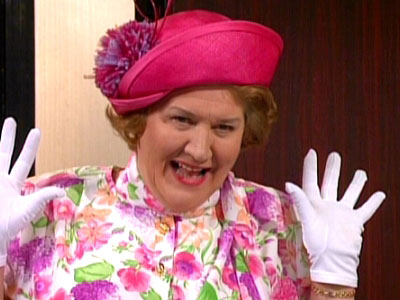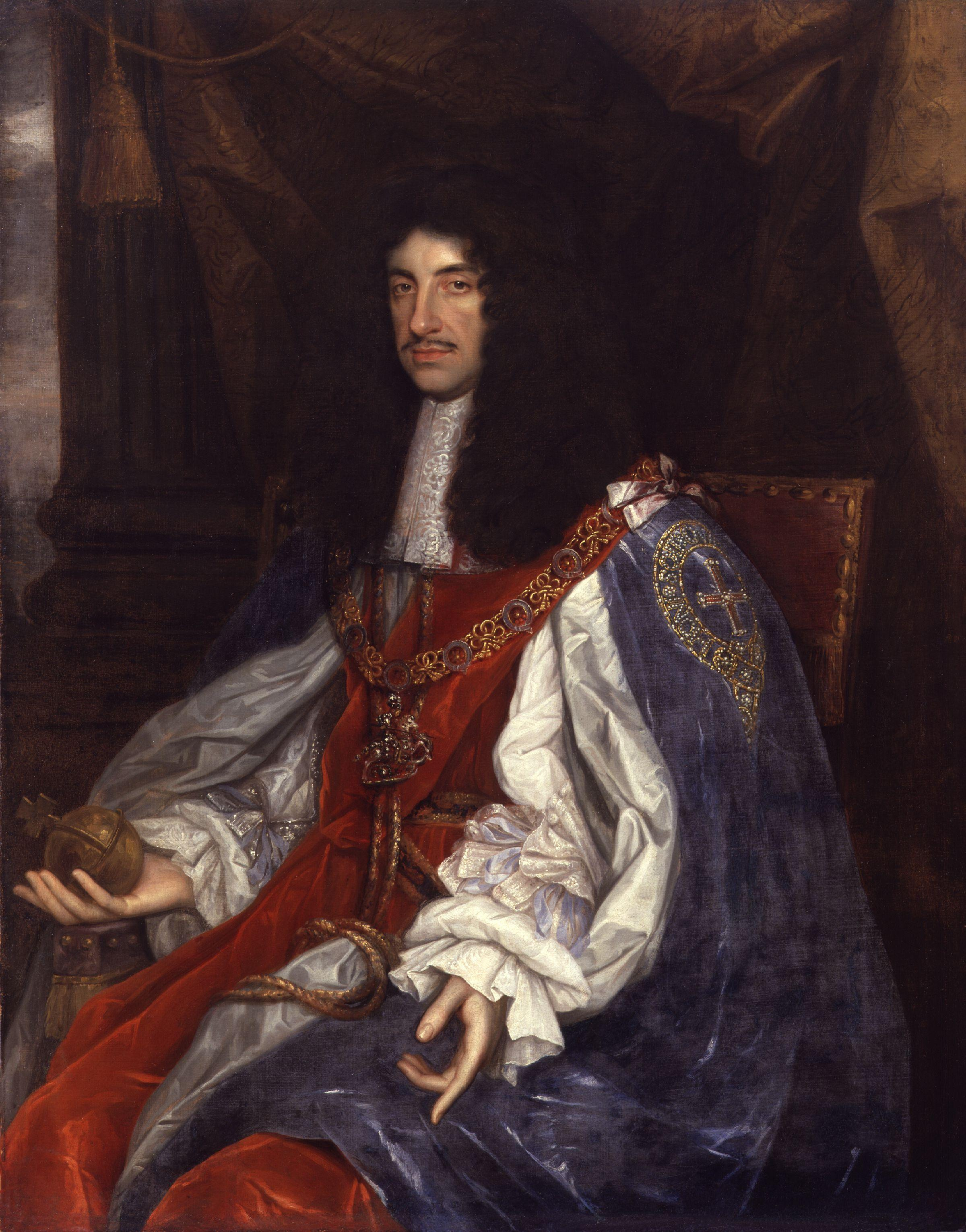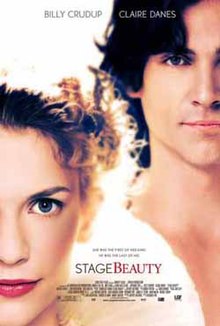The character I play on the Double Dealer is Lady Plyant. Because I'm double cast with Rae my rehearsal time is shared with her.
Week 1/2
 |
| Fourth Position in Ballet |
For the first couple of weeks we were getting familiar with the script and the techniques used to perform restoration. For example how we walk, talk, bow and act. The women walk with their thighs together (like fourth position in ballet) little and quick steps. Stand straight, with your head held high and chest out. Then we had to learn how to bow and sit. For the women we curtsied, and had to sit down on the chair very slowly, we couldn't look behind us so we had to feel for the chair with the back of our legs and when we did we'd lower our selves gracefully down to sit on the edge of our seats. For the curtsying women had to keep eye contact with the men and send them very sexual hints.
Then we read the whole play to make the show clearer for us. I was drawn to the character Lady Plyant as she was the character I could see myself going all out on. She was loud, full of herself and loves to be the centre of attention. So I had my heart set on her.
Week 3
The next week we watched a film called
Stage Beauty. (Which I have talked about in my blog entry Restoration Research). I paid attention mostly to their accents and the way they hold themselves as it was clear to me that I was going to find the body position the hardest, as I tend to slouch when standing and sometimes bending one of my legs.
We also had a chance to look inside the costume wardrobe this week and I found a blue dress which I thought would suit Lady Plyant. I also researched into the type of dresses and jewellery they would wear and this is the research I found:
17th-century jewellery
By the mid-17th century, changes in fashion had introduced new styles of jewellery. While dark fabrics required elaborate gold jewellery, the new softer pastel shades became graceful backdrops for gemstones and pearls. Expanding global trade made gemstones ever more available. Advances in cutting techniques increased the sparkle of gemstones in candlelight.
The most impressive jewels were often large bodice or breast ornaments, which had to be pinned or stitched to stiff dress fabrics. The swirling foliate decoration of the jewels shows new enthusiasm for bow motifs and botanical ornaments.
 |
| Breast Ornament |
 |
Necklace with Sapphire Pendant, bow about 1660,
chain and pendant probably 18-1900.
|
http://www.vam.ac.uk/content/articles/h/history-jewellery/
(My character study covers clothing)
Week 4
The week after that was our object improvisation. It's where you pick an object you think your character would own and give it a story, and when you're done talking about it the class will ask you questions about it. I chose jewellery, rings to be more precise. I had about five on my fingers and they were all engagement rings. One of them was my favourite and the story behind it was that I was six years old when it was given to me and the boy who gave it to me stole it from his mother (who's wedding ring it actually was) and while she was crying because she lost it I was laughing in a corner because I had it all along, but I never gave it back to her, it was mine now. I think this story really shows how spoilt and nasty my character could be, so it helped me form a character for her. It also helped me on how I should sit and talk like, and how to maintain eye contact.
I watched a cartoon which had Pepe Le pew in it and how he was always chasing the cat (which he thought was a skunk) and I used that for my scene with Mellefont - him trying to escape me and me not letting him. It showed me the comical side of it and how to play it really over the top.
https://www.youtube.com/watch?v=1lsQfTaStcs
This week is when we started blocking the first half of the play and it went really well, but a lot more difficult then I expected. It was hard to keep your posture for so long in a scene (especially while still holding a script) and finding my voice for the character was not easy either but I spent time rehearsing with Zach (who's Sir Paul) and we developed a rhythm together. As it was the first week of blocking I didn't go all out as we were all still getting used to the pace of the scenes and working on developing our own individual characters.
Week 5
The next week I started getting more into the scenes and becoming more bolder, so I started experimenting within the scenes and I found out that me and Zach make a good comic duo. We bounce off each others energy and always go along with the other. Me and Joe's scene is a bit more difficult as it's more hands on and because me and Rae are double cast it's a bit difficult for Joe to get his head around two different blockings.
 |
| One page of my annotated script |
This is my annotated script for one of my scenes. It shows all my stage directions and movements that I do, which line I do them on and the emotion behind it. For example one of the stage directions is,
keep Joe's head on my lap, still angry, it gives me my action and my reaction.
I also wrote down
Pepe Le Pew to remind me of how far I have to push the boundaries. Lady Plyant is a very dramatic woman and I can't play her half-heatedly as it just wouldn't work, so
Pepe Le Pew is there to keep my mind on that.
I also write down stage entries and exits and why I go into that room, what was my purpose and what attitude I come in with.
During this week we also learnt about the language of the fans and how women use it to communicate with the men.
The fan placed near the heart
|
“you have won my love”
|
Resting fan on the heart
|
“my love for you is breaking my heart”
|
A closed fan touched to the right eye
|
“when maybe I be allowed to see you”
|
Letting the fan rest on your right cheek
|
Yes
|
Letting the fan rest on your left cheek
|
No
|
Fan held over left ear
|
I wish to get rid of you
|
Cover left ear with open fan
|
Do not portray our secret
|
Half open fan pressed to the lips
|
You may kiss me
|
Putting the fan handle to the lips
|
Kiss me
|
Resting the fan on her lips
|
I don’t trust you
|
Opening and closing the fan rapidly
|
You are cruel
|
Quickly and impetuously closing the fan
|
I’m jealous
|
Drawing the fan through her hands
|
I hate you
|
Fanning slowly
|
I am married
|
Fanning quickly
|
I’m engaged
|
Hiding the eyes behind a open fan
|
I love you
|
Dropping the fan
|
I belong to you
|
Twirling fan in left hand
|
We are being watched
|
Twirling fan in right hand
|
I love another
|
Passing the fan from one hand to another
|
I see that you are looking at another women
|
(This table I got from Charlotte Kenna's acting blog)
The ones I would use for Lady Plyant is "you have won my heart", "kiss me", "I wish to get rid of you" and "I love another". The first two I would use for Careless, as he is trying to win my affection, but the last two I would use for Sir Paul, as I want him to leave me with Careless and I now believe myself in love with Careless.
Week 6
The next week we blocked the last act. The last couple of scenes for Lady Plyant shows her making up a plan to meet with Careless to have an affair and he gives her a love letter which she, by an unfortunate accident, gave to Sir Paul instead of Sir Paul's accountant letter. The scene after that shows Sir Paul reading the letter and feeling angry, hurt and betrayed. Unknowingly to him Lady Plyant and Careless are hiding, listening to him reading and coming up with another plan. When he finished I walked out and managed to put the blame on him by convincing him that it was his fault why me and Careless were like that, I also blamed him for the letter, "yet to make trial of you, pretended to like that monster of iniquity, Careless, and found out that contrivance to let you
see this letter, which now I find was of your own inditing". And Sir Paul being the fool that he is believed him and went to find me to apologise.
I really enjoyed playing those scenes as I could really bring out my inner sneakiness. My voice helped with this, instead of being high like before I became more lower to sound more intimidating and slowed my pace down as I'm thinking of what I'm saying to Sir Paul, as I'm making the plan up as I go along.
I got feedback from my scenes by the class, one of them was Bradly who told me that he loves the energy I bring into the scenes and my characterisation was great, he could see how much thought I put into it. But just improve my pace a bit more, sometimes I go too fast (usually when I have a big paragraph) and the words are lost. Another person I got feedback from was Rae who told me that the way I hold myself stayed strong and my voice was powerful, but just look at the audience more as most of the time they saw half my face. Another person I got feedback from was Abbi who told me that she loved my interpretation of the character, and that I made her funny without being too overdone. She told me to improve by being more smooth in my transitions from different emotions, for example when I'm furious then go to nice in the next line, just find a way to smoothly do that.
I also realised this week that I couldn't use a fan as I originally planned as it doesn't really fit in with my blocking and I use my hands a lot to get Lady Plyant's point across.
Week 7
One week before show week I found out that I don't have Zach for my evening performance, somebody else was taking his place. This made me work even harder to know the blocking as I would be directing whoever overtakes Zach. When Louis came to rehearsals for the first time he watched me and Zach then copied, it helped me as I did the scenes twice, helping me remember it better, especially walking through it, it really gave me a chance to step back and see my acting and whether or not I could improve a bit more. I realised that on one scene I move a bit too much when talking to Sir Paul and that helped me control my pacing.
 |
| Mellefont, Cynthia and Sir Paul |
 |
| Rehearsing the scene with Sir Paul |
 |
| Rehearsing the scene with Mellefont |
Week 8
Show week has arrived and it was all about getting the lighting right and the set changes perfect, as well as fixing last minute costume failures and perfecting lines. I also used this time to improve my facial expressions and work on my scenes with Louis a bit more.
We then went through a full run but I wasn't on this time it was Rae playing Lady Plyant. This run didn't go to well as there was a lot of pauses on stage and some people were still not fully confident on their lines. Therefore the play was changed into doing workshop scenes instead of a full play. At first I was a little bit worried about my grade as I knew all my lines and blocking really well but I was assured that it would not effect my grades, but then I realised that this was for the best. Having less lines would be better as I could really focus on fewer scenes and make them even better by playing them to my highest potential. The set changes were fewer too which made more sense to the people doing the changes. Because we had less scenes people's pace had really begun to slow down as before they were rushing for time, as they didn't want to go over.
Overall, I'm feeling confident for my acting as I made positive improvements and am looking forward to preforming my shows.






















